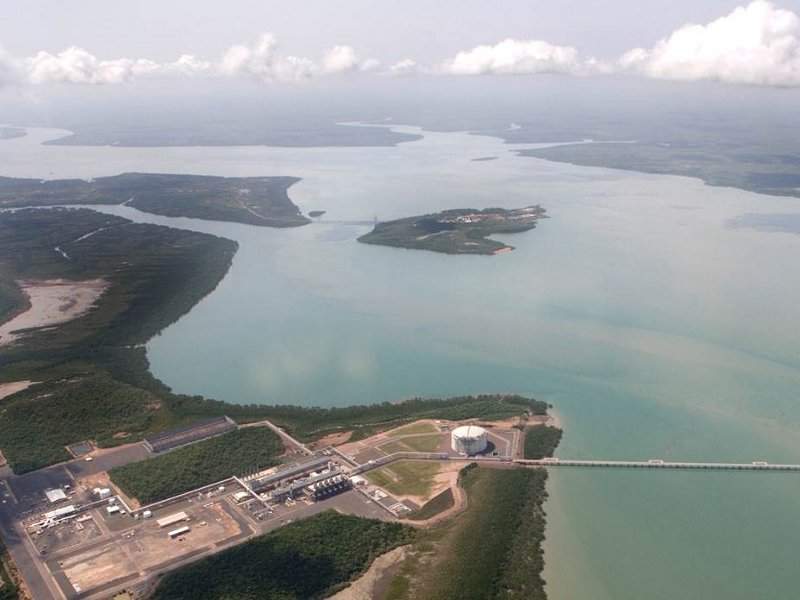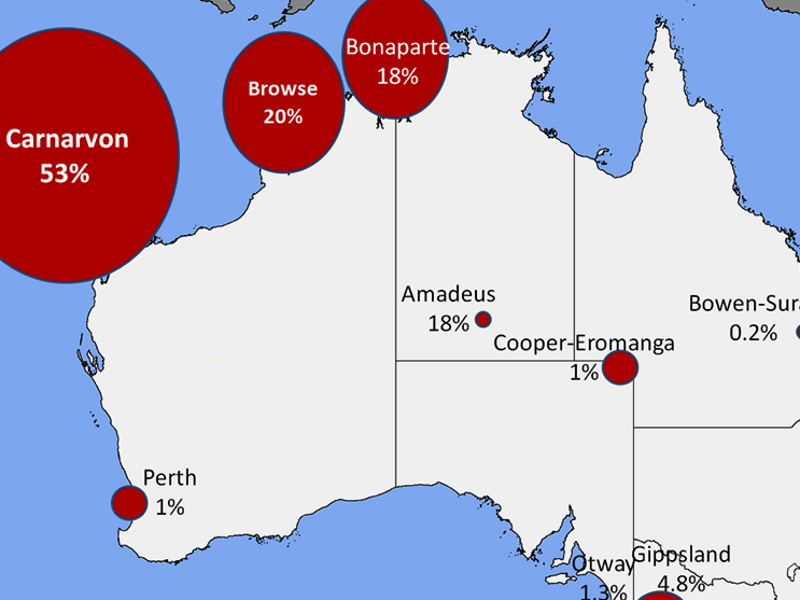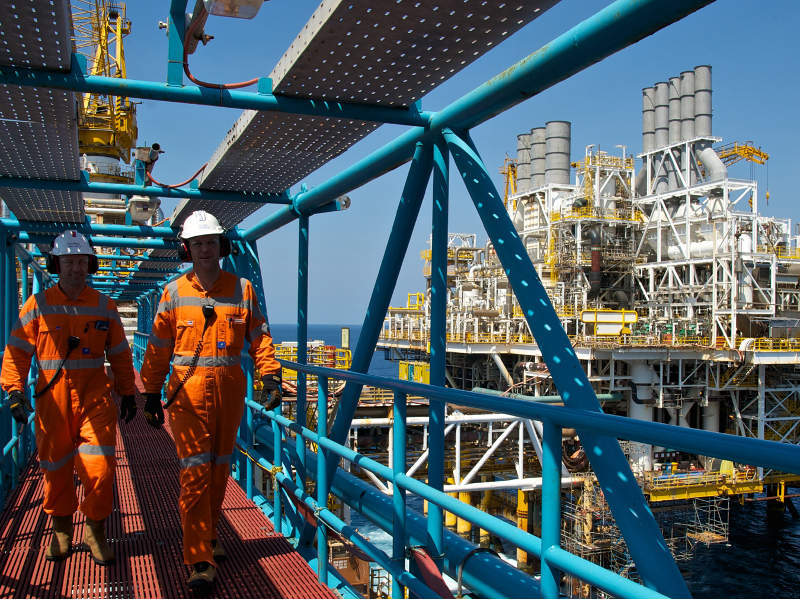The proposed Barossa offshore project in Australia involves the development of Barossa and Caldita gas-condensate fields in the Bonaparte Basin of Timor Sea, approximately 300km north-west of Darwin, Northern Territory.
The project is owned by the Barossa-Caldita joint venture, which comprises the operator ConocoPhillips Australia Exploration (37.5%), SK E&S Australia (37.5%) and Santos Offshore (25%).
Located in a water depth between 130m and 350m, the offshore project intends to provide a new source of gas to the existing Darwin LNG facility operated by ConocoPhillips.
It is expected to produce up to 3.7 million tonnes (Mt) of liquefied natural gas and 1.5 million barrels of gas a year, over its 25 years of anticipated project life.
Project Gallery
-

The Barossa offshore project is proposed to backfill ConocoPhillips' Darwin LNG plant in Australia. Image courtesy of ConocoPhillips Company.
-

Barossa offshore project is located in Australian commonwealth waters within the Bonaparte Basin of Timor Sea. Image courtesy of Glen Dillon.
-

The Barossa project is intended to replace production from the Bayu-Undan field following its depletion. Image courtesy of ConocoPhillips Company.
Barossa-Caldita discovery and appraisal
Barossa was discovered with the drilling of the Barossa-1 exploration well to a depth of 4,310m in 2006, and was appraised by five appraisal wells.
The drilling of first three appraisal wells Barossa-2, 3 and 4 in 2015 confirmed significant hydrocarbon resources in the Upper Elang, Lower Elang and Plover reservoirs of the Barossa field.
The drilling of last two appraisal wells Barossa-5 and Barossa-6 in 2017 confirmed the reservoir productivity and provided critical data regarding the size and quality of the field to support the front-end engineering and design (FEED) study.
The Caldita field was discovered in 2005 by the Caldita-1 discovery well and subsequently appraised by the Caldita-2 well in 2007, which confirmed the presence of gas in the western part of the Caldita structure.
Barossa offshore project development
The development proposal for Barossa offshore project was approved by the National Offshore Petroleum Safety and Environmental Management Authority (NOPSEMA) in March 2018. FEED contracts for the project were awarded in June 2018.
Final investment decision on the project is expected by the end of 2019, while first gas production is anticipated in 2023.
The development plan includes drilling of up to 25 subsea production wells across the two fields and installation of a subsea production gathering system, a permanently moored floating, production, storage and offloading (FPSO) facility, and a subsea gas export pipeline.
A total of ten subsea wells will be drilled initially in two phases, with production planned to start upon drilling six production wells in the first phase. The remaining four development wells are planned to be drilled four years after the commencement of production.
The subsequent phases of development drilling will target near-field areas as well as the Caldita field, which is planned to be tied-back to the Barossa FPSO.
Production, processing and export facilities
Planned to be installed on the sea bed at a water depth of 250m, the subsea production gathering system of the field will transfer the subsea well flows to the Barossa FPSO through a network of umbilicals, risers and flowlines.
The FPSO will perform the initial processing of hydrocarbon fluids to separate water, natural gas and condensate.
The condensate will be directly transferred from the FPSO to off-take tankers for export.
The produced gas will be sent onshore to the Darwin LNG facility through a proposed a 260km-long and 24in-28in diameter export pipeline tied into the existing Bayu-Undan to Darwin pipeline located 100km from Darwin.
The FPSO facility is planned to be remotely operated from the Darwin LNG facility with a proposed subsea fiber optic cable connection between two facilities.
Barossa project is also intended to back-fill the existing LNG train at Darwin facility following the anticipated exhaustion of gas supply from the Bayu-Undan offshore field in 2023.
Contractors involved
MODEC International and a joint venture between Samsung Heavy Industries (SHI) and TechnipFMC were awarded two separate FEED contractors of the Barossa FSPO vessel, in June 2018.
Both the groups will participate in the FPSO’s FEED work on a competitive basis and the better design among the two will be implemented.
INTECSEA was awarded the FEED contract for the subsea infrastructure including the umbilicals, flowlines, risers and gas export pipeline for the offshore project, in June 2018.
